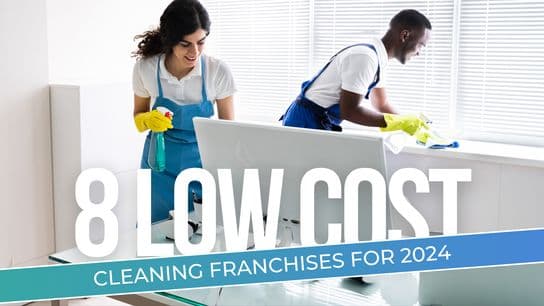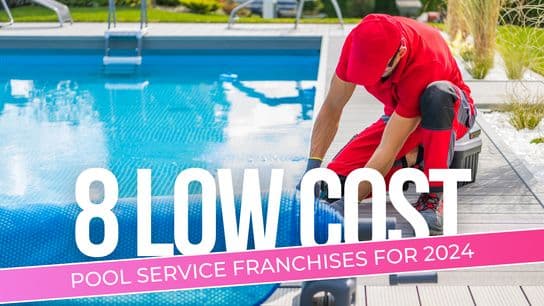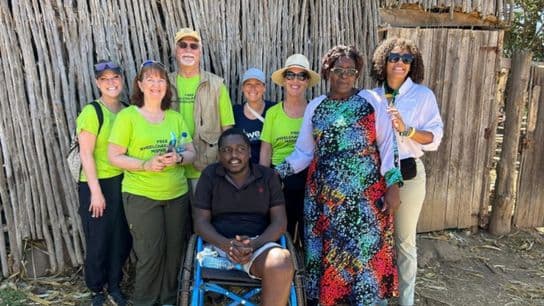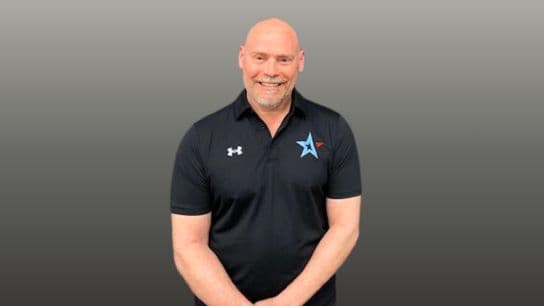Broken News: The Battle to Fix the Mistaken Franchise Narrative
Just as strong sensationalized headlines command attention, strong real franchise stories, told through the lens of a human-to-human connection that we can relate to, have the power to change minds for the better.
How many negative headlines have you seen on TV lately? Probably a lot. Maybe you’ve also noticed the blaring messages that seem to constantly precede them:
BREAKING NEWS
DEVELOPING STORY
THIS JUST IN
LIVE ALERT
It almost doesn’t matter what comes next. The content is irrelevant, as long as it’s happening RIGHT NOW (or at least, somewhat close to now). Some may find the tactic annoying. But, here’s the secret: it works. Viewers are hooked by the BIG RED BAR commanding them to watch, and more often than not they comply.
I should know.
For more than 15 years, I worked as a journalist in newsrooms big and small across the U.S. and abroad, and increasingly that included roles as a purveyor of sensationalism. The cores of the stories I told were always rooted in real, impactful narratives, with strong informational promise, following the ethical standards outlined in J-school: deliver the narrative creatively, make people understand the ‘why,’ help them be better informed and improve their lives.
In TV news, we called it “viewer benefit.”
But, somewhere along the line, those stories sometimes got an extra dose of headline grabbing additives. There’s a simple reason why: media is a cutthroat business these days. Hooking an otherwise apathetic reader or viewer is no longer optional, but a requirement to compete. So, maybe the main focus changes ever so slightly to something a bit more eyebrow raising. Maybe it includes a salacious soundbite that isn’t really apropos to the story, but is too juicy to cut out. Maybe a valid counterpoint only gets a passing mention instead of equal time.
Recently, Twitter was set ablaze by a headline grabbing story. You may have seen it (likely below a BIG RED BAR on your TV screen):
BREAKING NEWS: Teen girls kicked off flight for wearing leggings
In this case, the facts were all correct. The girls were wearing leggings. They weren’t allowed to board the plane unless they changed. The Twitterverse was outraged. How dare an airline tell a passenger what type of clothing to wear!
Well, it turns out that wasn’t the whole story.
Read down to the very end, and you’ll discover that the girls were traveling using a “buddy pass”—a voucher issued by the airline. They weren’t paying customers. United’s company policy includes a dress code for anyone traveling under such a company benefit, and it prohibits leggings, crop tops and ripped jeans.
Bad policy? Maybe. That’s certainly a fair debate. But, sensationalized headline that buried a simple explanation? Definitely. And, a poorly managed response from the airline as well. United’s PR team didn’t do the brand any favors by initially refraining from reacting to the story, then eventually issuing a short statement explaining that they weren’t paying customers. Media outlets, on the other hand, jumped at the chance to bury the “bad guys,” even though the airline didn’t technically do anything wrong, other than fail to explain the rationale behind its actions quickly.
I use that example not to suggest that quality journalism doesn’t exist. It does, and it’s needed now more than ever. Journalists still serve a critical role as watchdogs and information providers. But, the example does illustrate how, increasingly, what should be straightforward information can be twisted to fit an agenda.
Sensationalism is nothing new. Media titans from Joseph Pulitzer to William Randolph Hearst have all been accused of sensationalizing the news in order to sell more papers. Embellishing has been a part of storytelling since humans began communicating. But, it’s clear the practice is becoming more common among the masses.
And, the impact has certainly been felt in franchising.
Increasingly, the narrative surrounding franchising tells the misguided story of an industry filled with chains. The stories implore consumers to ‘shop local’ instead of supporting faceless corporations in some big city far away with no connection to their customers.
But, here’s the untold portion that gets buried at the end (or worse, not told at all): at its core, franchising is local. There are quite literally millions of examples of franchisees and franchisors making positive impacts on their communities. They live down the street from you. They pump money into the local economy. They provide important goods and services. They sponsor your children’s little league teams.
They are contributing members of your community.
The good news is: we can battle back against this one-sided narrative by fighting fire with fire. Just as strong sensationalized headlines command attention, strong real franchise stories, told through the lens of a human-to-human connection that we can relate to, have the power to change minds for the better. That’s why we’re focused on telling them every day right here in 1851 Franchise and work diligently to support efforts like the IFA’s @OurFranchise Initiative.
Sensational stories are the junk food of our news diet. They’re not going away--and that’s OK. If we work together to balance the inevitable need for misleading, eyebrow raising narratives with stories showcasing franchising’s positive impact on the communities it serves, then we have a chance to fix this broken cycle…and just maybe take that BIG RED BAR off the TV for at least minute or two along the way.













